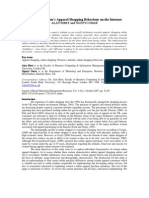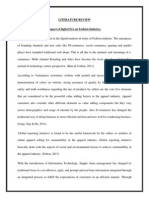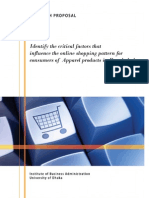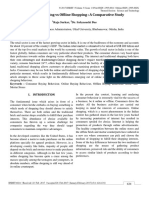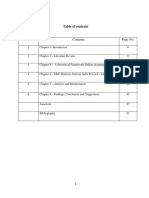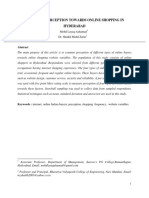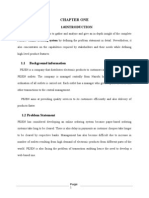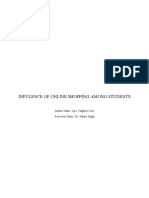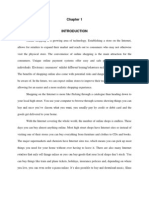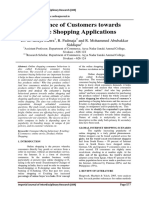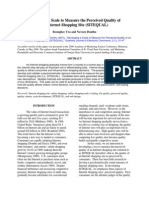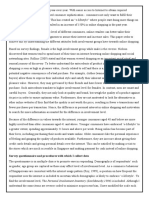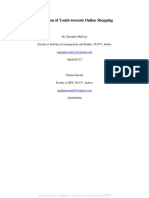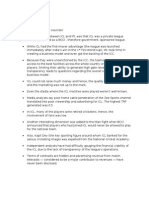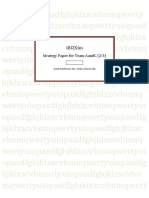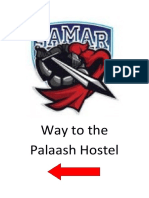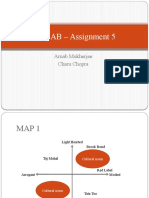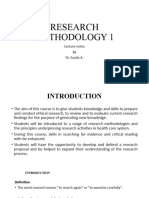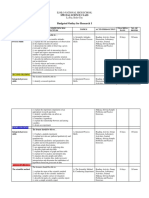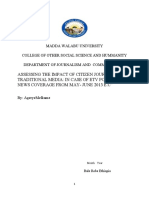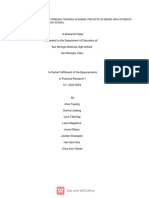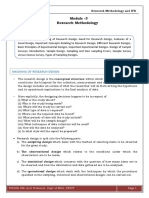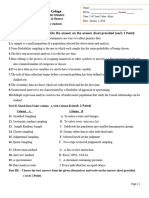0% found this document useful (0 votes)
272 views12 pagesResearch Design Phase 1 (A) : Secondary Research: Methodology
The document outlines a 3-phase methodology for research on online apparel buying behavior in India. Phase 1 involves secondary research on the online shopping landscape and qualitative primary research. Phase 2 does qualitative research through focus groups and interviews to understand drivers and barriers. Phase 3 performs quantitative research through an online/offline questionnaire to validate Phase 2 findings. The methodology analyzes the impact of gender and uses sample sizes of 180 for quantitative and 32 for qualitative research.
Uploaded by
charu.chopra3237Copyright
© Attribution Non-Commercial (BY-NC)
We take content rights seriously. If you suspect this is your content, claim it here.
Available Formats
Download as DOCX, PDF, TXT or read online on Scribd
0% found this document useful (0 votes)
272 views12 pagesResearch Design Phase 1 (A) : Secondary Research: Methodology
The document outlines a 3-phase methodology for research on online apparel buying behavior in India. Phase 1 involves secondary research on the online shopping landscape and qualitative primary research. Phase 2 does qualitative research through focus groups and interviews to understand drivers and barriers. Phase 3 performs quantitative research through an online/offline questionnaire to validate Phase 2 findings. The methodology analyzes the impact of gender and uses sample sizes of 180 for quantitative and 32 for qualitative research.
Uploaded by
charu.chopra3237Copyright
© Attribution Non-Commercial (BY-NC)
We take content rights seriously. If you suspect this is your content, claim it here.
Available Formats
Download as DOCX, PDF, TXT or read online on Scribd
/ 12
